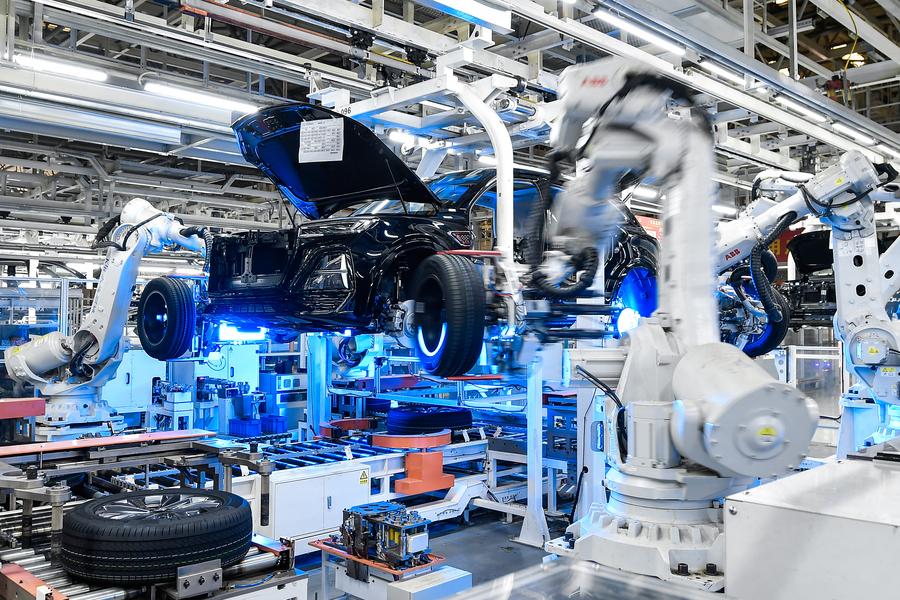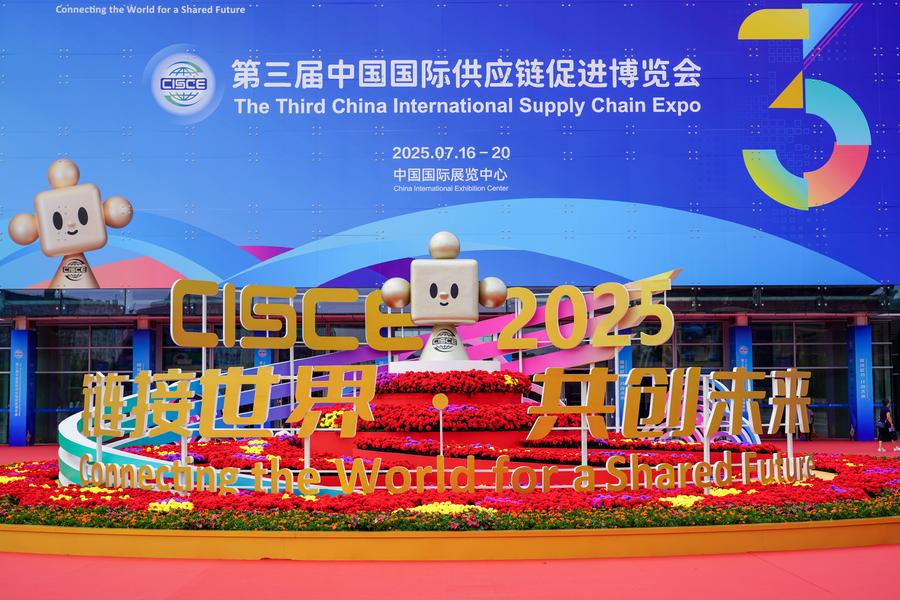Stabilizing for Strength: Reading the Signals from China’s First-Half Economic Data

Few economies have demonstrated the adaptability and endurance that China has shown in recent decades.
The recently released economic data from China’s National Bureau of Statistics offers a cautiously optimistic portrait of the nation’s economic performance in the first half of 2025. With GDP expanding by 5.3 percent year-on-year, China seems to be on track to meet its full-year growth target, despite persistent global uncertainties and structural headwinds. These figures should be interpreted neither with complacency nor alarmism, but rather with a clear understanding of the deeper transition China is navigating—from high-speed growth to resilient and innovation-driven development.
The 5.3 percent growth rate aligns with official expectations and suggests a measured but steady trajectory. This is not the double-digit pace of past decades, nor is it a sign of stagnation. Rather, it reflects another phase of the economic development model where quality, sustainability, and inclusiveness take precedence over raw speed. Let us look more closely at what the numbers reveal—and where they may lead us.
Services and consumption: A driving force in transition
One of the standout features of the first-half data is the continuing strength of the services sector, which expanded by 5.5 percent, outpacing industry and agriculture. This reinforces a key strategic direction outlined in recent Five-Year Plans: fostering a more service-oriented and consumer-driven economy. Retail sales of consumer goods rose 5.0 percent, while the burgeoning “new consumption” sectors—such as green products, digital entertainment, and domestic tourism—showed stronger performance.
These trends are underpinned by a new generation of Chinese consumers who are more educated, tech-savvy, and experience-oriented. Targeted policy measures, such as subsidies for trade-ins of household appliances and cars, are useful stimuli in the short term. But in the long run, rebuilding confidence requires structural reforms that ensure income growth, social mobility, and job creation—particularly in high-tech services and advanced manufacturing.
Industrial output: Resilience with rebalancing
China’s industrial output rose 6.4 percent in the first half, a sign of underlying resilience despite weak external demand and global supply chain uncertainties. High-tech manufacturing was a particular bright spot, with output growing by 9.5 percent, led by sectors such as new energy vehicles, lithium batteries, and integrated circuits. This reflects both policy push and market pull. On the one hand, national industrial policies in strategic technologies—centered around self-reliance while opening to the world—are bearing fruit. On the other hand, there is strong domestic demand for innovation, sustainability, and smart manufacturing.
The global green transition is also creating new export opportunities, especially in electric vehicles and solar panels, where Chinese firms remain globally competitive. Striking the right balance between industrial upgrading and market discipline will be critical to avoiding misallocation and fostering long-term competitiveness.

Real estate: Stabilization, not a rebound
The real estate sector, long a pillar of China’s growth model, continues to undergo a painful but necessary adjustment. Property investment declined by 11.2 percent year-on-year, while new housing starts and sales remained subdued. This drag on GDP is expected, and the era of property as a speculative engine of growth is over.
Policymakers face a difficult balancing act: ensuring that real estate does not become a source of systemic risk, while also providing affordable and accessible housing for China’s urbanizing population. Measures such as local government support for “white list” developers and programs to convert excess commercial property into subsidized rental housing are signs of a more targeted, public-service-oriented approach to housing. The transition must be managed carefully to prevent financial contagion and protect households’ wealth and expectations.
Trade and investment: Navigating headwinds with adaptability
In a globally volatile environment, China’s trade performance showed resilience. Total goods imports and exports rose 2.9 percent year-on-year in the first half, with the trade surplus widening. Notably, trade with Belt and Road countries continued to grow, as China diversifies its commercial relationships in response to shifting geopolitical dynamics.
However, the lingering effects of U.S. tariffs imposed during the Trump administration have left lasting marks on global trade confidence. These trade frictions have disrupted supply chains and cooled foreign direct investment (FDI), prompting both multinational firms and governments to reconsider their exposure to concentrated global trade routes. As a result, many countries, including China, are now focusing more on self-reliance and domestic resilience, and on markets other than the United States.
FDI into China showed a modest decline. To remain attractive, China must continue to deepen its market reforms, uphold fair competition, and ensure policy continuity and transparency. The introduction of a new “negative list” for foreign investment and the expansion of free trade zones are positive steps, but restoring investor confidence will require long-term consistency and rule-of-law assurances.

Looking ahead: Confidence, continuity, and change
The first-half data suggests that China is on track to meet its 2025 growth targets, but not without challenges. Global fragmentation, sluggish recovery in some regions, and elevated interest rates in the West are weighing on demand. Domestically, structural transitions—demographic aging, urban-rural disparities and the real estate correction—require careful policy calibration.
Digital transformation continues to be a central pillar of China’s strategy, with productivity and efficiency gains flowing into many sectors. But these advances also come with societal trade-offs. A significant share of the population, particularly those without STEM skills or with limited access to retraining, risks being left behind.
However, what sets China apart is the scale, speed, and seriousness of its commitment to long-term transformation. Whether through its emphasis on green development, digital infrastructure, or dual circulation, China is navigating the transition from quantity to quality, from investment-led to innovation-led, and from manufacturing for the world to serving both domestic and global markets.
The path ahead will not be linear. However, few economies have demonstrated the adaptability and endurance that China has shown in recent decades. The first half of 2025 offers evidence of a country not simply seeking recovery, but actively reinventing its development model in pursuit of long-term resilience and shared prosperity.
As China approaches the formulation of its 15th Five-Year Plan, due in 2026, the lessons of this year will be vital. The emphasis will likely shift further toward digital transformation, green innovation, population policy and the social cohesion required to sustain all three. In this light, the first-half data is not just a snapshot of performance—it can be a compass pointing toward a more sustainable and inclusive future.
The article reflects the author’s opinions, and not necessarily the views of China Focus.
 Facebook
Facebook
 Twitter
Twitter
 Linkedin
Linkedin
 Google +
Google +











